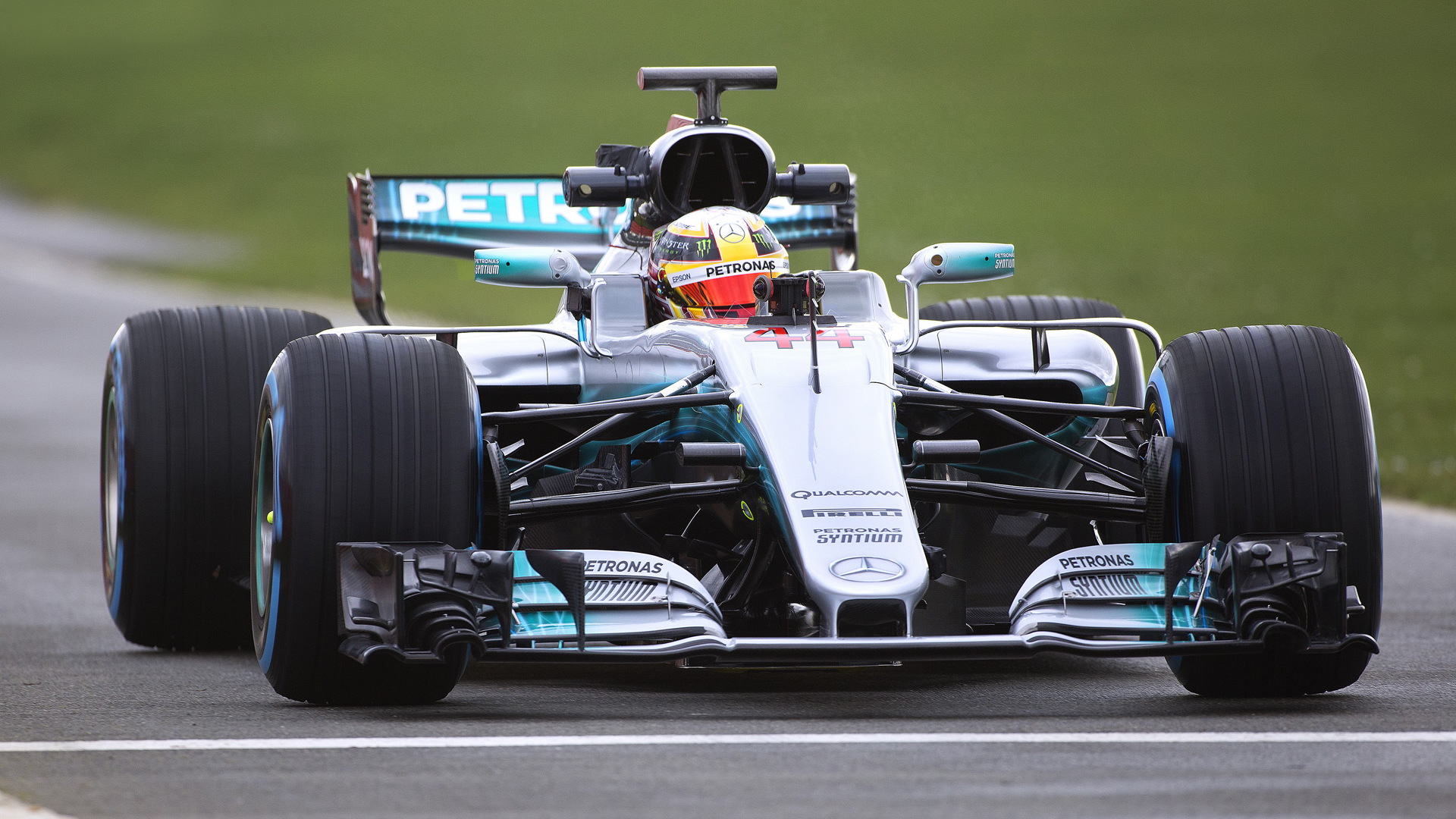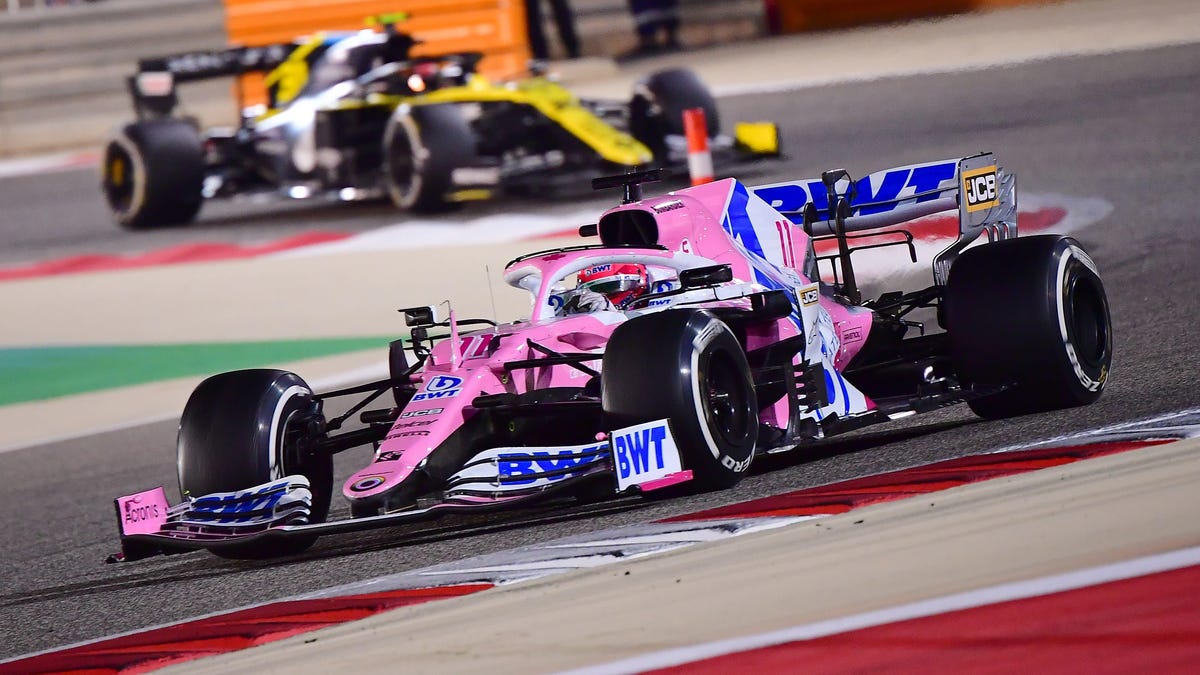

This has already been raised as a likely problem by drivers, including Lewis Hamilton, who has described adding aero as the “worst idea” in terms of promoting overtaking. More downforce means more dirty air in the wake of cars, making it more difficult to overtake. There are, as of yet, no concrete reasons to believe it will have done so, but there is a danger that the reboot will even detract from the racing. But there was, as the painful gestation of these changes proved, a definite subtext that a change in formula would help narrow the gap to Mercedes and hence, unsurprisingly, their objections to it. Head acknowledged this was not the intent: “I don’t think anyone ever said that was the target, I think the target was to make it more attractive to create a bit more excitement”. Any idea it will close the field up is nonsense.” When you have 750 employees or more against, say, Force India’s 300, of course the bigger teams can do more. “Because they have more resources, they have more capability to parallel develop their existing car and work on design of their new car. “Any time you make significant changes the advantage will always go to the bigger teams,” Head said. Then there is the reality of the haves and have-nots within F1. It is still a possibility but, with the stringent rules, increasingly difficult to achieve. The rule reset has also led to suggestions that a dark horse could come through with a radical interpretation and an immediate advantage, as Brawn did in 2009 with their double diffuser. But so, of course, will have Mercedes, which means that they will likely still be holding the upper hand come Australia. Ferrari, Renault and Honda will have made steps forward.

F1 2017 CHANGES FREE
The complex token system for engine development has thankfully been abandoned and teams are free to develop power units.
F1 2017 CHANGES FULL
“But what makes the engine fractionally more important is that with more downforce, which they will undoubtedly have, your percentage at full throttle – the percentage of the lap at which you are power limited rather than grip limited – will be higher, so if you have that bit more power it will give a slight advantage.” “There is no doubt about it that the drag levels of the car will be higher,” he said. Even more so with the expected increase in top speeds as Head, a fundamental part of the Williams team’s extraordinary successes, points out. Which puts Mercedes at this stage, carrying their engine superiority, which was probably around 40-50bhp over the Renault that powered Red Bull last year, back in the driving seat. “You’ll need a bigger engine more than you ever have done, because of wider tyres and more drag.” “The cars are going to have a lot more downforce, it’s going to be more power sensitive than ever,” he said. But the aero focus has a cost, as Webber noted. This, then, has been widely perceived as putting Red Bull, and Adrian Newey’s undeniable skill at wringing the most from an aero package, at an advantage heading into the new season. Simulations have shown Barcelona now running at full-throttle for 70% rather than the 50% of 2016, with turn three at the Circuit de Catalunya now being taken flat-out. The focus has been on shifting design emphasis from engine to aero, a “chassis formula” that features wider cars, boasting more downforce, supplemented by greater mechanical grip from wider, more durable Pirelli rubber.Įarly indications are that certainly the speeds, especially through cornering as intended, have been achieved. The aim of the rule changes was faster, more aggressive-looking cars that are harder to drive and that offer the chance for other teams to close the gap to Mercedes.


 0 kommentar(er)
0 kommentar(er)
